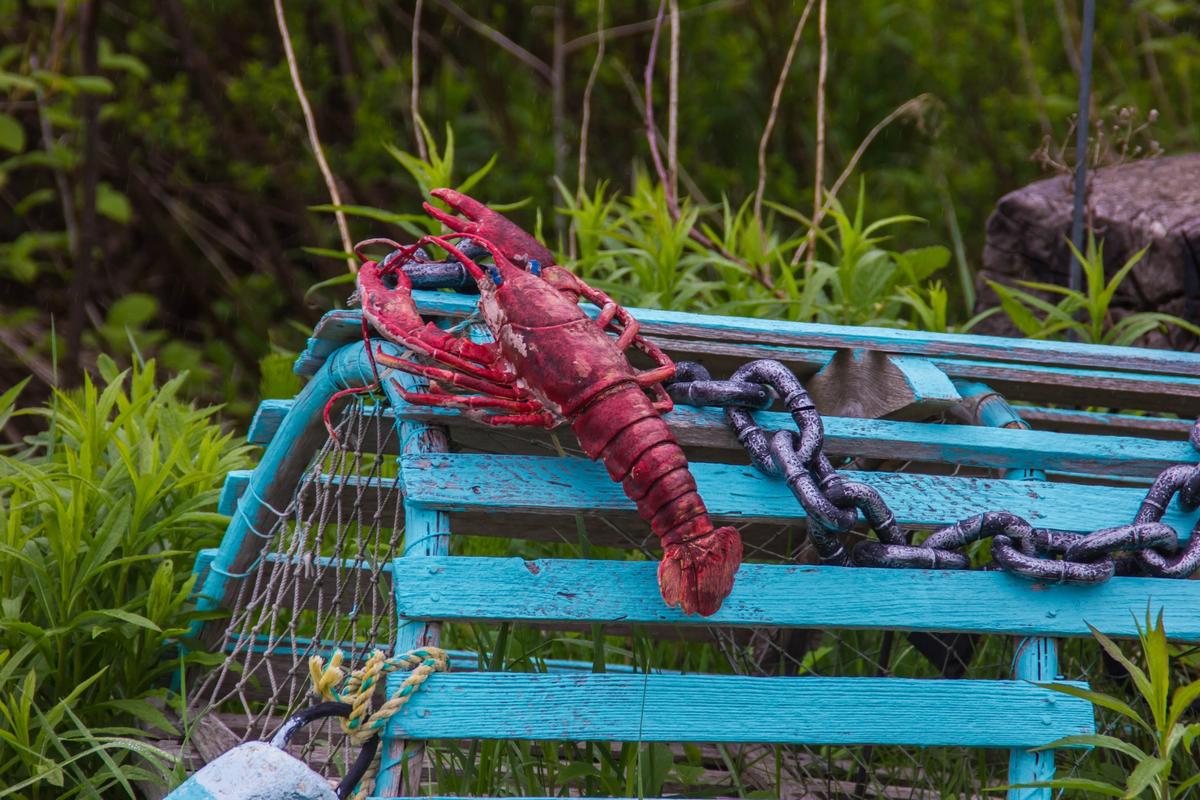While information regarding fishing vessels flying the flag of each MS is publicly available through the Community Fishing Fleet Register, information about the ownership of these vessels and the quota that they are allocated is not always available. Despite a lack of data, it is becoming increasingly apparent that the common perception of fishing vessels being locally owned and operated is a simplification of a more complex network characterised in some cases by firms owning multiple vessels across several member states (MS), potentially concentrating access rights or opportunities to fish. Concerns regarding issues of ownership and access, and the potential concentration thereof, have led some to call for greater transparency in the allocation of fishing opportunities. Whilst these calls have been met with some changes, including the release by the Danish and UK governments of public databases of quota allocations, this disclosure has been uneven and largely incomplete with information in Germany and the Netherlands in particular difficult to secure. The present study was commissioned against this background to provide an overview of the current ownership structure of fishing vessels’ and the means of production - that is, the licences and opportunities to access fish stocks in the catching sector - focusing on nine key MS: Belgium, Denmark, France, Germany, Ireland, Netherlands, Spain, Sweden, and the United Kingdom. The study set out to document the ownership structure of all registered fishing vessels flagged under the nine MS - incorporating almost 30,000 registered vessels. The distribution and ‘ownership’ of quota access within each MS has also been documented to the extent possible. Reported information includes the firms and ultimate owning enterprises, as well as nationality of ownership, where available. The specific objectives of the study were to: document the ultimate ownership of fishing vessels and access to quota and define their nationality; measure the concentration of ownership of vessels, quota allocations and fishing rights at MS level; and describe the evolution and drivers of ownership structures and assess its impact on the economic performance of fleet segments and potential future prospects.
This report was originally published by the Publications Office of the European Union here.

